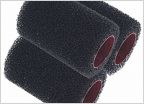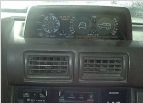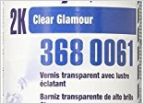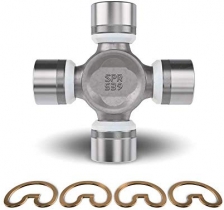-
Welcome to Tacoma World!
You are currently viewing as a guest! To get full-access, you need to register for a FREE account.
As a registered member, you’ll be able to:- Participate in all Tacoma discussion topics
- Communicate privately with other Tacoma owners from around the world
- Post your own photos in our Members Gallery
- Access all special features of the site
99 Tacoma pukes, gags at 2000 rpm
Discussion in '1st Gen. Tacomas (1995-2004)' started by gedeuce, Aug 28, 2018.
Page 3 of 3
Page 3 of 3


 Amazon Bed Stiffeners
Amazon Bed Stiffeners Raptor liner roller
Raptor liner roller 6" Fabtech Drop Bracket lift - Fabtech shocks suck but seem to be the only option.
6" Fabtech Drop Bracket lift - Fabtech shocks suck but seem to be the only option. Anyone ever install a first-gen clinometer?
Anyone ever install a first-gen clinometer? A-pillar Scangauge III Mount
A-pillar Scangauge III Mount Painting hood Tacoma 2004
Painting hood Tacoma 2004












































































